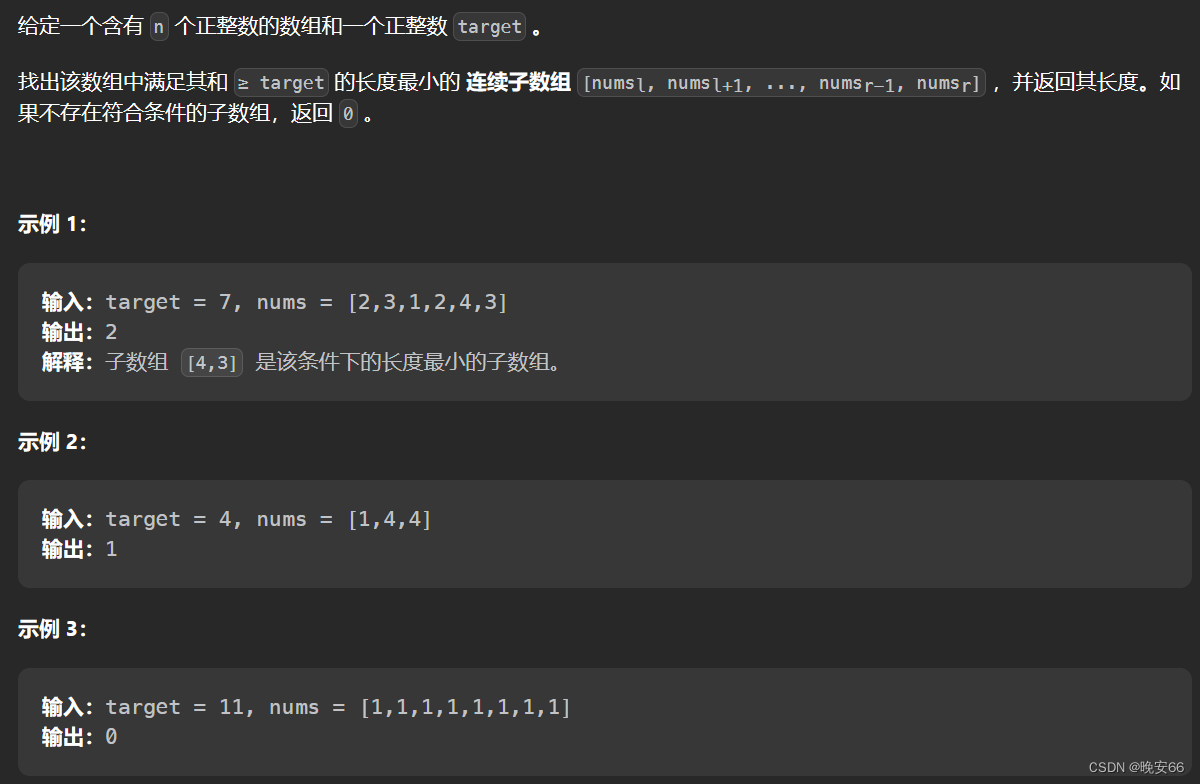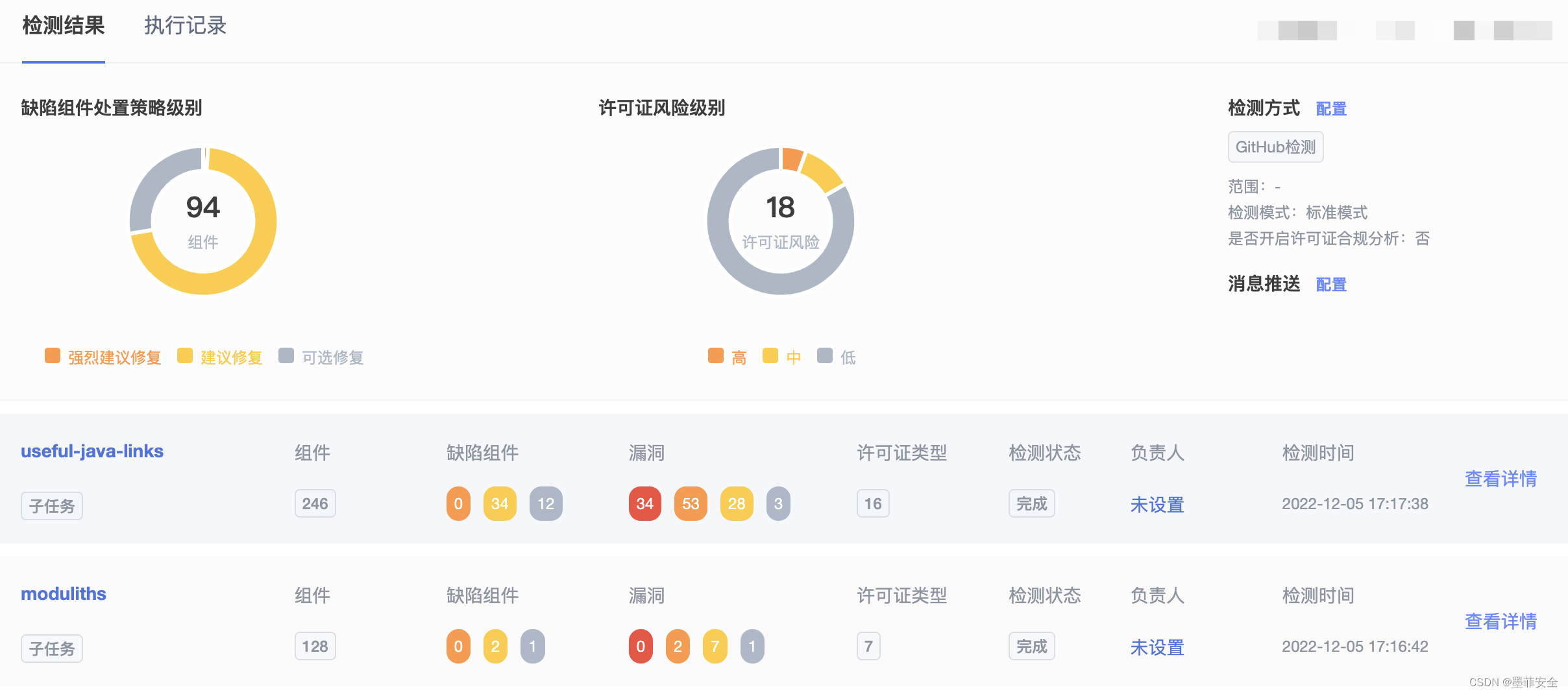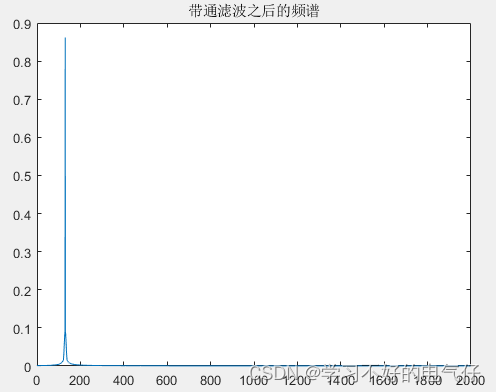目录
- 一、导入swagger3的依赖
- 二、SwaggerConfig代码的解读
- 三、整体代码
- 四、访问swagger3
一、导入swagger3的依赖
<dependency>
<groupId>io.springfox</groupId>
<artifactId>springfox-boot-starter</artifactId>
<version>3.0.0</version>
</dependency>
注意,如果你还需要页面更加美观,则再添加依赖。
<dependency>
<groupId>com.github.xiaoymin</groupId>
<artifactId>knife4j-spring-ui</artifactId>
<version>3.0.3</version>
</dependency>
二、SwaggerConfig代码的解读
让我逐行解释每一行代码的含义:
@Configuration
@EnableOpenApi
public class SwaggerConfig {
这是一个配置类的声明,使用了 @Configuration 注解,表示这是一个配置类。@EnableOpenApi 注解用于启用 Swagger 支持。
private static final String AUTHORIZATION_HEADER = "Authorization";
private static final String TOKEN_PREFIX = "Bearer ";
定义了两个常量,AUTHORIZATION_HEADER 用于定义认证头的名称,TOKEN_PREFIX 用于定义 Token 的前缀。
@Bean
public Docket api() {
return new Docket(DocumentationType.SWAGGER_2)
.apiInfo(apiInfo())
.securitySchemes(Collections.singletonList(apiKey()))
.select()
.apis(RequestHandlerSelectors.basePackage("com.minster.yanapi.controller"))
.paths(PathSelectors.any())
.build();
}
@Bean 注解表示该方法返回一个 Spring Bean,用于配置 Swagger 的 Docket 对象。
Docket 是 Swagger 的主要配置类,它提供了一系列的配置选项。在这个方法中,我们创建了一个 Docket 对象,并进行了以下配置:
DocumentationType.SWAGGER_2:指定使用 Swagger 2 版本的规范。apiInfo(apiInfo()):设置 API 文档的基本信息,包括标题、描述、版本等。apiInfo()方法返回一个ApiInfo对象,其中定义了这些基本信息。securitySchemes(Collections.singletonList(apiKey())):配置接口的认证方式。这里使用了一个 API Key 认证方式,通过apiKey()方法返回一个SecurityScheme对象。select():开始定义哪些接口要生成文档。下面的方法链指定了需要扫描的包路径。apis(RequestHandlerSelectors.basePackage("com.minster.yanapi.controller")):扫描指定包路径下的接口。paths(PathSelectors.any()):扫描所有路径的接口。build():构建Docket对象。
private ApiInfo apiInfo() {
return new ApiInfoBuilder()
.title("API 文档标题")
.description("API 文档描述")
.version("1.0.0")
.contact(new Contact("Your Name", "https://your-website.com", "your-email@example.com"))
.build();
}
apiInfo() 方法返回一个 ApiInfo 对象,用于设置 API 文档的基本信息,包括标题、描述、版本和联系人等。
private SecurityScheme apiKey() {
return new ApiKey(AUTHORIZATION_HEADER, AUTHORIZATION_HEADER, "header");
}
apiKey() 方法返回一个 SecurityScheme 对象,用于配置接口的认证方式。在这里,我们使用 API Key 的方式进行认证,并通过 AUTHORIZATION_HEADER 常量设置认证头的名称。
通过以上配置,SwaggerConfig 类定义了 Swagger 的基本配置和 API 文档信息,使得你可以生成并展示美观的接口文档界面。
三、整体代码
@Configuration
@EnableOpenApi
public class SwaggerConfig {
// 定义全局的 token
private static final String AUTHORIZATION_HEADER = "Authorization";
private static final String TOKEN_PREFIX = "Bearer ";
@Bean
public Docket api() {
return new Docket(DocumentationType.SWAGGER_2)
.apiInfo(apiInfo())
.securitySchemes(Collections.singletonList(apiKey()))
.select()
.apis(RequestHandlerSelectors.basePackage("com.minster.yanapi.controller"))
.paths(PathSelectors.any())
.build();
}
private ApiInfo apiInfo() {
return new ApiInfoBuilder()
.title("API 文档标题")
.description("API 文档描述")
.version("1.0.0")
.contact(new Contact("Your Name", "https://your-website.com", "your-email@example.com"))
.build();
}
private SecurityScheme apiKey() {
return new ApiKey(AUTHORIZATION_HEADER, AUTHORIZATION_HEADER, "header");
}
}
四、访问swagger3
访问地址:http://localhost:8080/swagger-ui/index.html

注意,swagger的端口应与springboot的端口一致,不然无法访问。

















